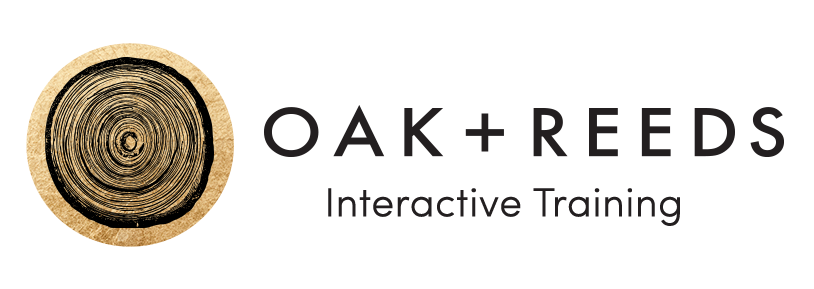Public speaking is one of the most important—and most dreaded—forms of communication. It’s a critical business skill, no matter your role. Leaders and employees alike need to be able to confidently articulate their messages, whether it’s during a weekly team meeting or an all-hands presentation to the entire company.
People are afraid of public speaking for a number of reasons—they don’t feel prepared, they don’t want to make a mistake, or they’re afraid to look silly in front of their colleagues. But like FDR said in his famous inaugural address, “The only thing we have to fear is fear itself.”
To help you overcome your fear of public speaking, try these techniques and get ready to inform, persuade and inspire audiences.
Define your point of view
Before you develop your presentation, ask yourself the following questions:
Why you? Why are you qualified to present this material? What is your expertise? How can you make it clear that the audience should listen to you?
Why them? What does the audience expect to get out of this presentation? Do you want to meet those expectations, or subvert them? What is the best way to reach this specific audience?
Why do you care? How does this topic excite you? Even if you’re presenting at a weekly status meeting, find one interesting data point or insight to make your presentation more memorable.
What action do you want to inspire? What is the one big takeaway you want to convey to the audience? Make it obvious—say it at the beginning, several times in the middle, and again at the end to drill it into your audience’s heads.
Manage anxiety
The anxiety we feel before delivering presentations is unfortunately not something we can control—it’s been hard-wired into our physiology as a response to danger. While that “fight or flight” adrenaline rush may have helped our ancestors fight an unexpected saber-toothed tiger, today you can take advantage of that “bonus energy” to be louder, more energetic and more focused during presentations.
You can also try to calm your anxiety with a pre-presentation ritual, which journalist Daniel McGinn explores in the book Psyched Up. Just like baseball players have an at-bat ritual, you can create a routine that will take your focus away from your nerves and get you into the optimal headspace for presenting.
Before I give keynote speeches, my ritual is to walk around the block while listening to a podcast about basketball. It calms me down and gives me a minute to relax before I put on my “game face.” Other examples include: listening to a favorite song, using a guided meditation app, power posing, or—as one Oak and Reeds workshop participant suggested—go into a bathroom stall, close your eyes, and imagine yourself screaming at the top of your lungs! No matter how quirky it is, experiment with different strategies to channel that adrenaline boost for good.
Nail your opening
Another public speaking technique is to memorize the opening of your presentation. The opening is when you’ll likely be the most nervous, and it’s also when the audience will be the most skeptical. Audiences will decide in that first minute whether to keep listening or not, so it’s important to confidently deliver your opening and set the tone for the rest of your presentation.
That said, while the opening should be scripted, the rest of the presentation can be an outline. Scripting your entire presentation is risky because if you forget something, you’ll go into panic mode without a fallback plan. Great public speakers are able to adapt in the moment based on audience engagement, gracefully deviating from the plan.
Rebound from mistakes
Speaking of throwing away the script, what do you do when you make an embarrassing mistake? Answer: own it, and move on.
If you spill coffee on yourself, drop the slide clicker, or notice toilet paper stuck to your heel (unfortunately all very real things that could happen), acknowledge it with a self-deprecating joke. If you don’t, the audience will be distracted, wondering whether you noticed the issue and cringing on your behalf. By simply owning the mistake, you’ll drive empathy from the audience and they’ll find you more relatable and likeable throughout the rest of the presentation.
Public speaking can be a daunting task. But if you incorporate these tips, you’ll set yourself up for success—whether you’re presenting in an internal presentation, a customer-facing meeting or keynote speech.
Interested in training your team on public speaking techniques? Learn more about our workshops on the Oak and Reeds Presentation Skills page.

